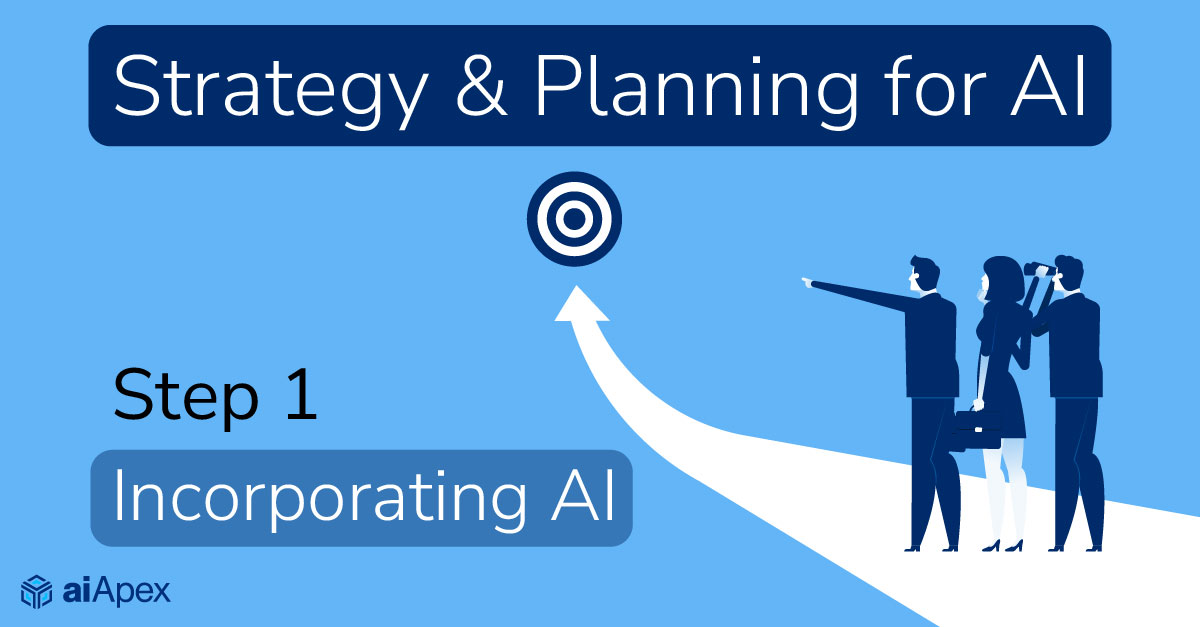
An Approach for Planning Your Health Plan’s Strategic Application and Deployment of AI – Part 1
June 27, 2023
You have been asked by your Health Plan’s senior management to spend 100% of your time on leading a new corporate initiative to identify how and when Artificial Intelligence (AI) should be applied at the enterprise level into your organization’s application and technology architecture.
The goal is to analyze AI as an innovative, yet possibly disruptive technology that could become a competitive advantage should your organization be able to determine a strategic, yet pragmatic approach to applying and deploying it over a defined period of time. The driver for this project is the launch of a major enterprise planning effort to define, plan and fund a program to modernize the healthcare organization’s current administrative, operational, digital, and decision-support systems – and the functions the current systems support. It is also a goal to automate current pockets of your health plan and corporate functions that are under-automated or non-automated often managed from spreadsheets and/or requiring many human resources to operate and manage. This major corporate initiative will be a multi-year program.
So, where do you and your team begin?
You know that AI is a technology that impacts business processes and the automated workflows currently in place, and that data is key for successful AI-supported decision-making systems. You have deep business knowledge in your area of expertise and have participated in major systems replacement efforts during your tenure. But you have never been asked to determine a strategy and recommend an approach for applying an innovative technology for your entire health plan and its corporate organization identifying the strategic options to apply and deploy AI to modernize your health plan’s systems and operations.
You understand that your objective is to develop a strategy for applying AI aligned to the timeline with your health plan’s enterprise modernization effort encompassing not only technology, but also people, process, and data. While developing strategic options on how your organization should apply and deploy AI, you know you are also identifying the risks and benefits associated with AI. You also know from your own experience and some preliminary research that there are distinct types of AI – and that not all sources agree on their deployment – and sometimes even their definition.
Regardless, your team is to present strategic options, their pros, and cons, and ultimately be able to make a formal recommendation for the strategic application and deployment of AI that is aligned to the timeline to be developed for the institutional modernization effort. You also are going to create a knowledge base to support your findings and recommendations and serve as an on-going institutional AI knowledge resource.
So, to recap, while you are completing the AI component of the enterprise modernization effort you must also align your work, milestones, and deliverables with another team’s effort. Welcome to the realm of long-term business and IT strategic planning with artificial intelligence as part of your scope of work.
In Part 2 of our LinkedIn Post Series, we will continue with completing the plan for your team to execute to follow our approach for Planning your Health Plan’s Strategic Application and Deployment of AI
If you’d like to discuss our perspectives, our responses to the above questions for your organization, and our approach to strategic Enterprise AI, please contact us using the form below or at [email protected].